Extract from The Guardian
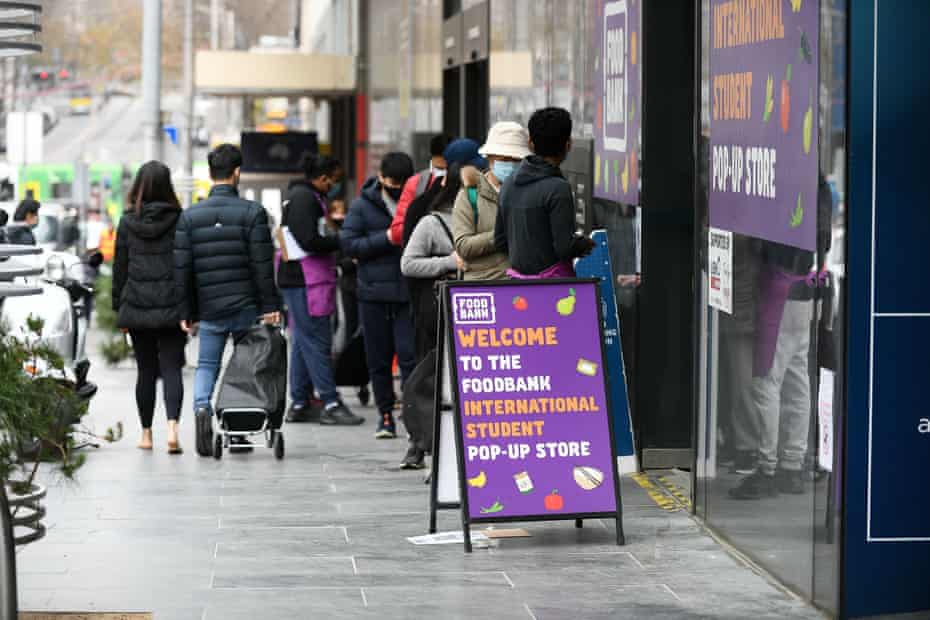
Food relief organisations say they are helping more people than ever before. But this is not a good news story
But the unique circumstances of the pandemic obscure a much more insidious problem.
Guardian Australia has collated data from the past decade from the three major food relief providers nationally – Foodbank, OzHarvest and SecondBite – and spoken to organisations working in or connected to the food relief sector, as well as people directly using these services. The evidence is overwhelming: demand for food relief was rising before the pandemic hit, even before the black summer bushfires that preceded it.
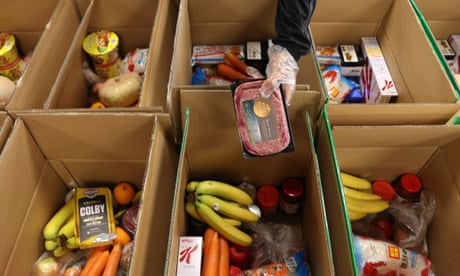
Food relief organisations all say the same thing: they are helping more people than ever before. But this is not a good news story. Something is terribly wrong.
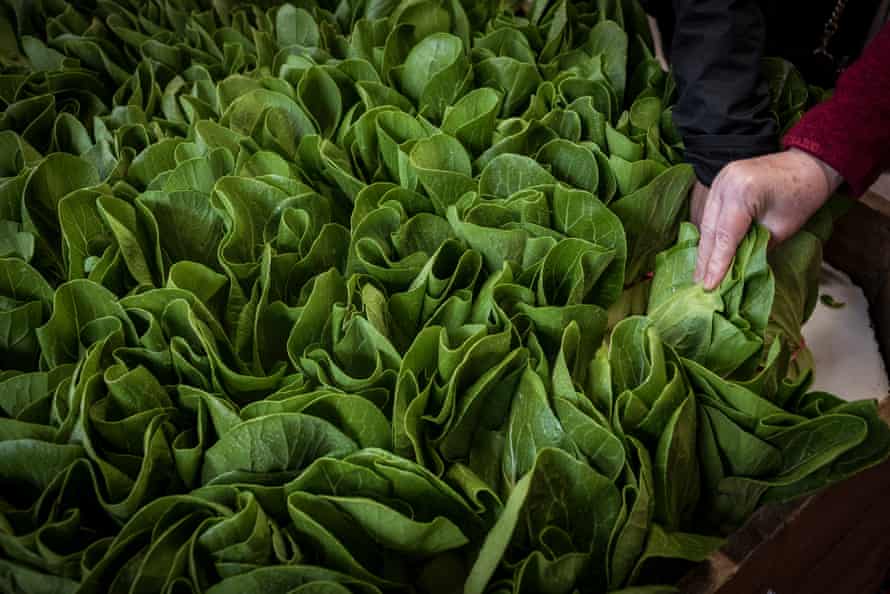
Over the course of the morning, people trickle in through the back gate with various needs. Some pick up food parcels. Others arrange a subsidy for their medication. Run by Anglicare Victoria, Mission House is open a couple of times a week to anyone who needs its services.
Sema Buyuksu, 52, is one of those who drops by on the day Guardian Australia visits. She lives in the high rise, sole-parenting her two youngest children, one of whom has Down’s syndrome. She has been coming to Mission House every month for 10 years.
We’re still not anywhere near meeting the increasing demand
Buyuksu, who migrated from Turkey in 1989, receives a combination of Centrelink payments for looking after her two sons, and pays a portion of her income to the government for rent. She says she starts to feel the financial pinch when she has to fork out for school-related expenses or when winter comes and the heating bill hits.
Her two youngest sons, who accompany her, are lively, cheerful kids who love AFL and soccer.
They are on a waiting list for a house, but she doesn’t know if or when it will come through.
The family has a lot of friends in the building, she says. “The neighbours look after each other all the time,” Buyuksu says. “But the government? No.”

OzHarvest chief executive Ronni Kahn says the organisation’s mission is simple: “We’re not trying to fill a gap. We’re trying to put ourselves out of business.”
“Emergency relief” is a catch-all term that refers not only to food relief but also other material aid such as financial grants and other goods. The federal government has provided $280m in base funding for emergency relief and food relief between 2018 and 2023, with a top-up package of $200m in response to the pandemic.
Data obtained by Guardian Australia shows between 2016 and 2020, an average of 488,000 individual clients attended a federally funded emergency relief provider, overwhelmingly for food assistance.
“As the figures demonstrate, the number of people reaching out for emergency relief has remained fairly consistent on a national basis over the past five years,” a department spokesperson says.
Yet the dramatic growth of all the major food relief organisations over the past decade tells a different story.
The increase in demand can be illustrated through the sheer weight of food distributed each year, as well as the logistical size of their operations. OzHarvest has expanded from nine vans distributing rescued food in 2011, to 70 in 2021. The 3m meals it handed out in 2011 pales in comparison to the 36m it reported in 2021. Each year, the scale of the charity’s work only increases.
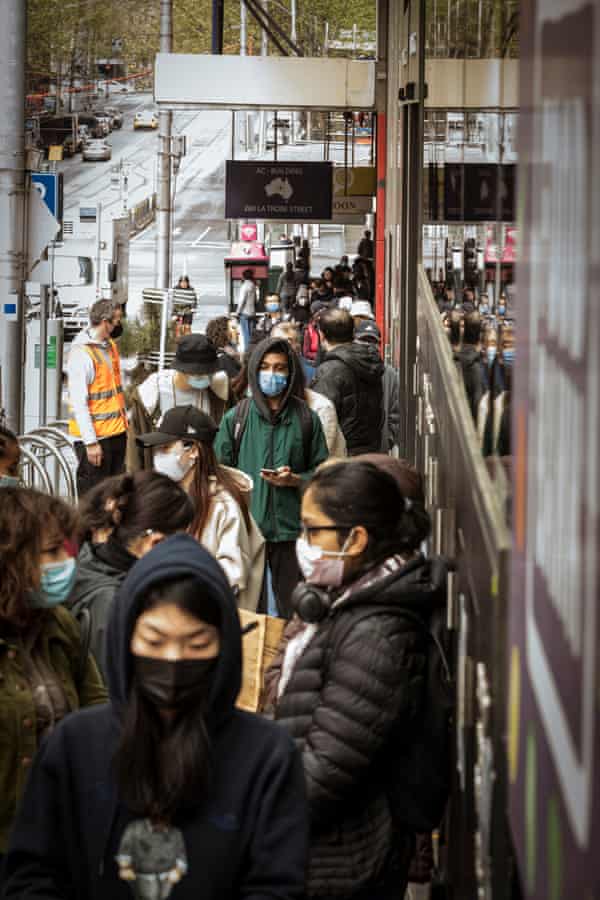
“We saw these stats rising pre-Covid,” says Kahn. “It’s not a problem that’s going away because Covid might come to an end. It’s not a problem that’s going away because the government can show that employment is rising. These are long-term, endemic challenges.”
“The reason for that increase is very simple,” says Steve Clifford, chief executive of SecondBite. “Increasing demand, increasing supply, and we increased our capacity to meet it. The numbers show our ability to increase our capacity, but the demand is going up outside that. We’re still not anywhere near meeting the increasing demand.”
Not all food relief services are helped by federal funding. Clifford says they and other major distributors are hamstrung by stipulations that require them to use that money to provide food only to those organisations officially designated as emergency relief providers by the federal government. This cuts out a whole swathe of the social service sector, particularly smaller, community run co-ops.
The story is similar over at Foodbank, which distributed 46m kilograms of food in the 2021 financial year, a 90% increase comparedwith the 23m kg handed out in 2011-12. The uptick is not due to the pandemic; distribution increased every year between 2011-12 and 2019-20.

A 10-year analysis of these statistics is significant; in 2011 and 2012 the Gillard government implemented key changes to welfare policy, particularly around single parent payments and disability support pension eligibility, which bumped hundreds of thousands of people on to lower jobseeker payments. Howard government changes to the way the payments are indexed mean jobseeker payments have not kept pace with pension payments, or the general cost of living, even considering the government’s $50 a fortnight increase in March. The base rate of the dole is $45 a day. Depending on which measure you use, it’s either $20 or about $35 a day below the poverty line.
Brianna Casey, chief executive of Foodbank, says the issues people were facing prior to the pandemic have only been exacerbated by it.
“Those who were vulnerable going into the pandemic are going to be more vulnerable coming out of it,” Casey says.

One man, a regular visitor to Mission House, is blunt about why he’s there: “The pension’s not enough,” he says.
Kevin is 70, but he had to stop working his job in construction nearly two decades before retirement age after acquiring a disability.
When asked his opinion about how pensioners are treated, he says: “You’re just a number on a piece of paper, waiting for a red line to be drawn through it.” He doesn’t understand why he paid his taxes if he ends up without enough to make ends meet.
Rosanna Barbero, chief executive at Addison Road Community Organisation in Marrickville, Sydney, says the necessity of food relief services is a symptom of the government outsourcing its responsibilities to the charity sector. Arco has been providing services including food relief independently in the area for 43 years.
“We need to be alarmed, not celebrate that we’re providing food to people.”
Kristen O’Connell at the Anti-Poverty Centre is similarly forthright: “Food banks should not exist, because it’s the government’s responsibility to meet people’s needs and we have a right to have our needs met,” she says.
“There’s a very simple solution to people not being able to afford to eat, and that’s giving people money. The government showed last year that it can do this overnight and they are making a political choice not to do it now.”
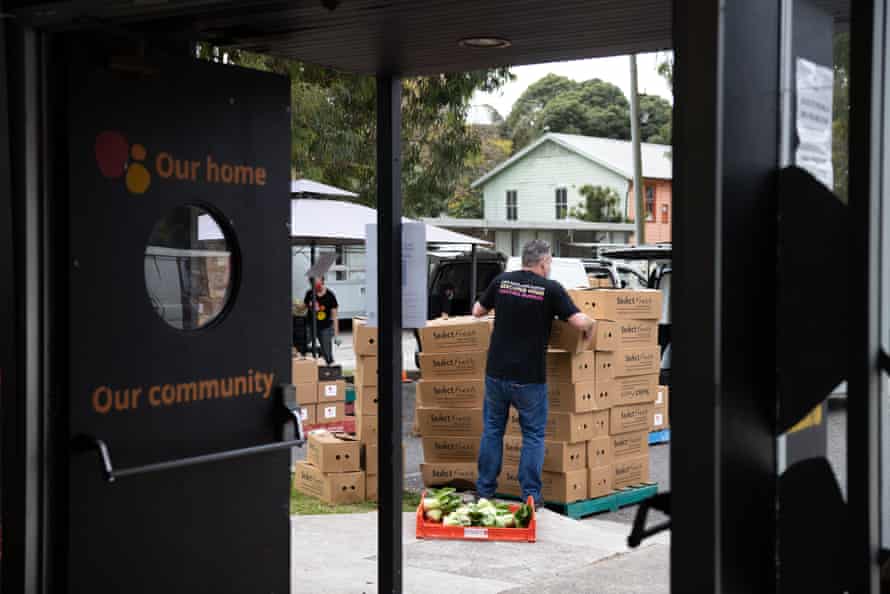
Horsburgh also says during the first year of the pandemic, when jobseeker payments were doubled, the regular clients at Mission House stopped coming. More people than ever were turning up seeking food relief, but those who had been doing it tough for years suddenly had enough to get by.
Covid also forced a rethink in the way Mission House approached the people it helps.
“We very much used to think about the sort of ‘entitled poor’, in that we didn’t want people to become too reliant on our services, without looking at the full picture – which is that they’re reliant on our services because there isn’t enough money in their lives. It’s not the other way around,” Horsburgh says.
“We realised the equation was actually really simple: if you’re on Centrelink, you probably don’t have very much money,” he says. “And that’s long been the case.”
No comments:
Post a Comment